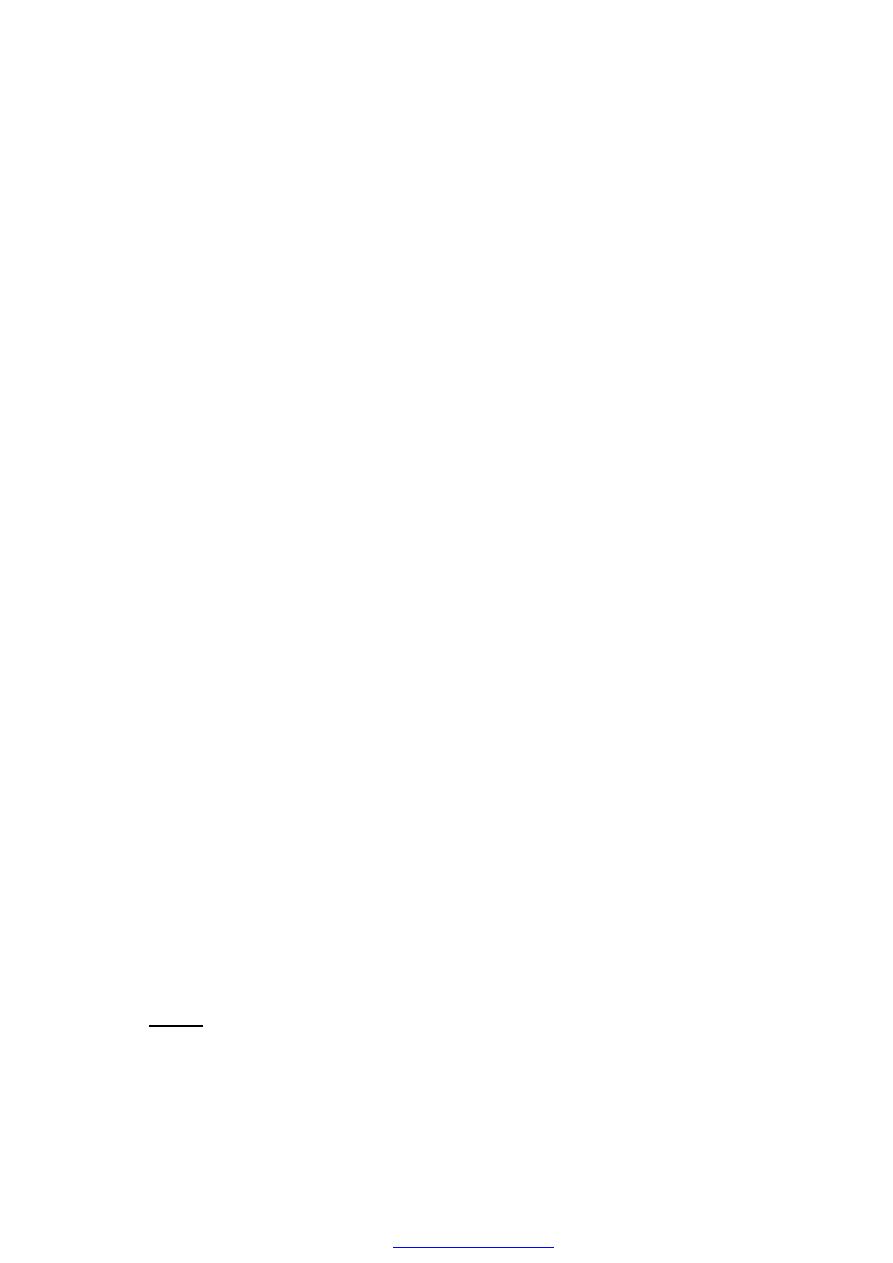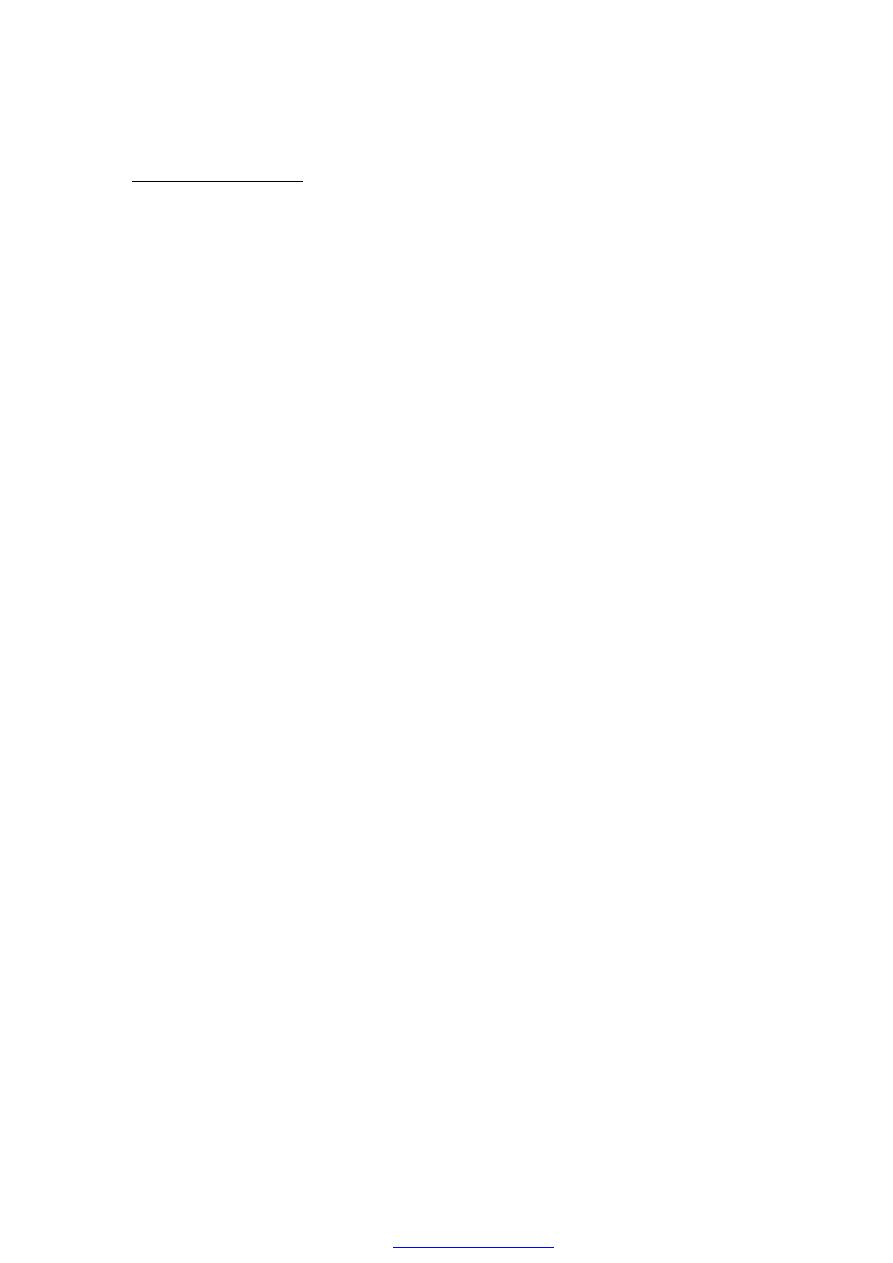
Occupational Health
By
Dr. Ashraf Hussain
MSc. Community Medicine
Occupational Exposure Limits
In general, the occupational exposure limit (OEL) represents the maximum
airborne concentration of a toxic substance to which a worker can be
exposed over a period of time without suffering any harmful consequences.
These limits are set out by many professional organizations.
Such as the American Conference of Governmental Industrial Hygienists
(ACGIH), and the National Institute for Occupational Safety and Health
(NIOSH) in the United States.
They are established based on the chemical properties of the substance,
experimental studies on animals and humans, toxicological and
epidemiological data.
Different organizations may use different terminology for the OEL. For
example, the ACGIH term for OEL is "Threshold Limit Value" (TLV)® while
the NIOSH term is "recommended exposure limits" (REL).
A legal limit or guideline (such as an occupational exposure limit) should
never be viewed as a line between "safe" and "unsafe".
The best approach is to always keep exposures or the risk of a hazard as
low as possible.
As an example, carcinogens are not usually defined by an exposure limit.
With many carcinogens, it is difficult to say for certainty that if exposure is
below a set point, the agent is not likely to cause harm.
PDF created with pdfFactory Pro trial version

For this reason, for carcinogens and other specific agents (such as
allergens), the "As Low as Reasonably Practicable" (ALARA) principle should
be applied.
ALARA, in practical terms, means that exposure should be eliminated or
reduced as much as possible.
Types of Exposure Limits
ACGIH defines three categories of threshold limit values:
Threshold Limit Value – Time-Weighted Average (TLV-TWA): The
concentra on of a hazardous substance in the air averaged over an 8-hour
workday and a 40-hour workweek to which it is believed that workers may
be repeatedly exposed, day after day, for a working lifetime without
adverse effects.
Threshold Limit Value – Short-term exposure (TLV-STEL):
A 15-minute time weighted average exposure that should not be exceeded
at any me during a workday, even if the overall 8-hour TLV-TWA is below
the TLV-TWA.
Workers should not be exposed more than four times per day to
concentrations between TLV-TWA and TLV-STEL.
There should be at least a 60 minute interval between exposures.
Threshold Limit Value – Ceiling (TLV-C): This is the concentration that
should not be exceeded during any part of the working exposure.
Three-times the value of the TLV-TWA for no more than 15 minutes, no
more than four mes per workday. Exposures must be at least 1 hour apart
during the workday.
Five times the TLV-TWA under any circumstances.
PDF created with pdfFactory Pro trial version

Noise
Noise is an unwanted, unpleasant or undesirable sound
It is one of the most common occupational hazards.
SOUND MEASURES
Intensity or Loudness
Intensity is the loudness of the sound measured in decibels (dB).
The scale runs from the faintest sound the human ear can detect, which is
labeled 0 dB, to over 180 dB, the noise at a rocket pad during launch.
The decibel scale is a logarithmic scale, not a linear scale, small numbers
represent enormous changes. Sound energy that is twice the level of 83
dB is not 166 dB, rather 86 dB.
Frequency or Pitch of the sound
measure the frequency of sound vibrations per second, called Hertz (Hz).
Ø
Frequency is measured in cycles per second, or Hertz (Hz).
Ø
A low pitch such as a deep voice or
a tuba makes fewer vibrations per
second than a high voice or violin.
Exposure limits
Exposure limits in noise exposure are a trade-off between sound level
(measured in decibels) and duration of exposure (time).
For an 8-hour exposure, for example, the maximum permissible sound level
is 90 dB.
Anything beyond 8 hours at this noise level is not allowed.
PDF created with pdfFactory Pro trial version

For greater exposure levels, such as 95 dB, the maximum allowed exposure
time is only 4 hours.
In a time-weighted average (TWA), greater noise levels require shorter
exposure times, and lower noise levels allow longer exposure times.
Occupational Hazards of Noise
A. Acoustic effect of the noise
1. Conductive hearing loss: explosive sound that damage the eardrum or
the middle ear. This type is reversible.
2. Sensory neural hearing loss
Temporary threshold shift: temporary rise of auditory threshold which
results from noise induced fatigue of the nerve sensitivity.
It usually recovers within 16 hours.
If noise continue then it will be permanent.
permanent threshold shift then is the noise induced hearing loss.
Noise induced hearing loss is a permanent hearing impairment resulting
from prolonged exposure to high levels of noise.
When noise is too loud, it begins to kill cells in the inner ear.
As the exposure time to loud noise increases, more and more hair cells are
destroyed.
As the number of hair cells decreases, so does hearing.
Currently, there is no way to restore life to dead hair cells; so the damage
is permanent.
PDF created with pdfFactory Pro trial version

Noise-Induced Hearing Loss
Causes no pain
Causes no visible trauma
Leaves no visible scars
Is unnoticeable in its earliest stages
Accumulates with each overexposure
Takes years to notice a change
Sensori-neural hearing loss can be caused by several factors other than
noise as aging, some diseases, but noise-induced hearing loss is different in
one important way – it can be reduced or prevented all together.
Non-auditory health and physiological effects of noise
1. Nervousness, fatigue and annoyance
2. Interference in communication by speech
3. Raises the blood pressure, heart rate and the stress hormone levels.
4. Disrupt healthy sleep patterns.
5. Increase the risk of accidents.
Non-auditory effects of the Noise
Non-auditory effects can be divided into two categories - physiological
effects and performance effects.
The response to noise may depend on characteristics of the sound including
intensity, frequency, predictability, complexity of sound, duration (length of
exposure), and the meaning of the noise.
PDF created with pdfFactory Pro trial version

Physiological effects
The muscle tension response, where muscles tend to contract in the
presence of loud noise.
The respiratory reflexes, where the respiratory rhythm tends to change
when noise is present.
Changes in the heart beat pattern.
Changes in the diameter of the blood vessels, particularly in the skin
performance effects
Speech intelligibility
Annoyance
Fatigue due to distorted sleep pattern
Job interference
A conversation nearby will distract a person and affect their concentration,
hence reducing the employee's efficiency.
A noisy environment could create an additional hazard, since audible
alarms might not be heard.
Diagnosis of noise induced hearing loss
At first no signs or symptoms
Recognition of hearing impairment occurs when the loss reaches the
human speech frequencies (500-2000) Hz
First symptom is tinnitus (ringing) or sensation of blocked ear .
Close talk in a crowed become difficult to understood.
Then the words become distorted or unpleasant to hear
PDF created with pdfFactory Pro trial version

Audiometric Testing
Audiometric testing is the aid test of whether a Hearing Conservation
Program is effective or not.
Monitors employee’s hearing over time
Baseline audiogram must be performed within first 6 months of work
exposure ( 8 hour TWA ≥ 85 dBA)
Annual audiograms are required each year after baseline audiogram
Annual audiograms are compared back to each employee’s baseline
audiogram to determine if a significant shift in hearing has occurred (a 10
dB average shi at 2000-4000 Hz in either ear).
If a shift occurs, and is found to be due to noise exposure, the employee
must be retrained/refit with hearing protectors.
Prevention and control of noise and hearing loss
Hierarchy of Controls
Controlling risks of noise exposure
Implementing one or more of the following hierarchy of control measures
can manage excessive noise levels, in order of effectiveness:
1. Eliminating the noise source.
2. Substituting noisy machinery with quieter machinery or 'buying
quiet' - this is a cost-effective way to control workplace noise at the
source.
3. Engineering controls by treating the noise at the source or in its
transmission path e.g. using sound dampeners or silencers, noise
barriers and isolation.
PDF created with pdfFactory Pro trial version

4. Introducing administrative noise control measures e.g. training and
education, job rotation, job redesign or designing rosters to reduce
the number of workers exposed to noise.
5. Providing Personal Protective Equipment (PPE) e.g. earmuffs,
earplugs. However, if workers are frequently required to wear PPE to
reduce the risk of hearing loss from a noise exposure that exceeds
the exposure standard, then an audiometric testing regime must be
implemented.
PDF created with pdfFactory Pro trial version
